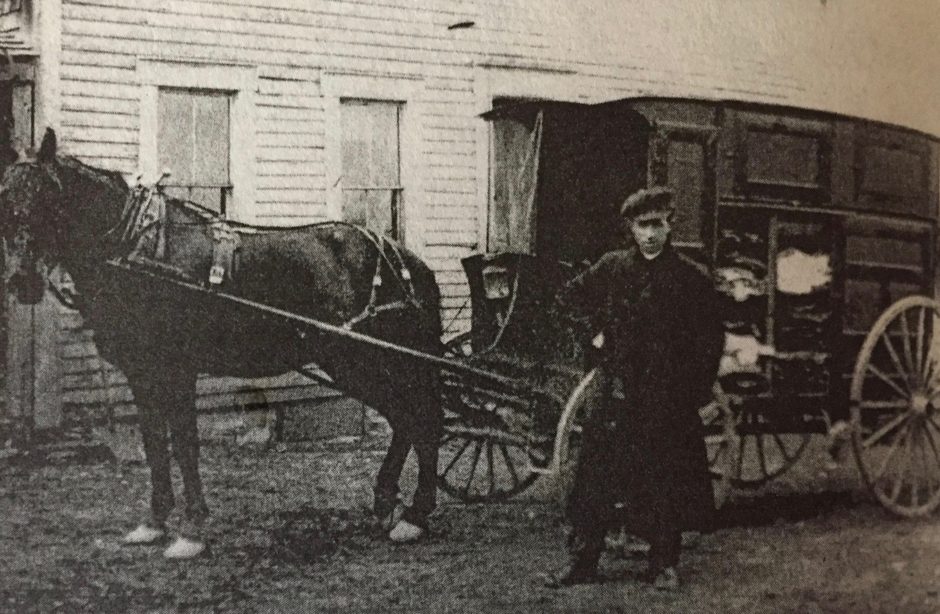For about two centuries, from the late 1700s to the 1920s, the itinerant Jewish peddler was a perennial fixture in mostly rural landscapes around the globe. Weighed down by a pack on his back, or steering a horse-drawn cart crammed with trinkets and household products, he went house to house, farm to farm, mining camp to mining camp and plantation to plantation selling consumer goods in countries ranging from the United States, Canada and South Africa to Peru, Haiti and Australia.
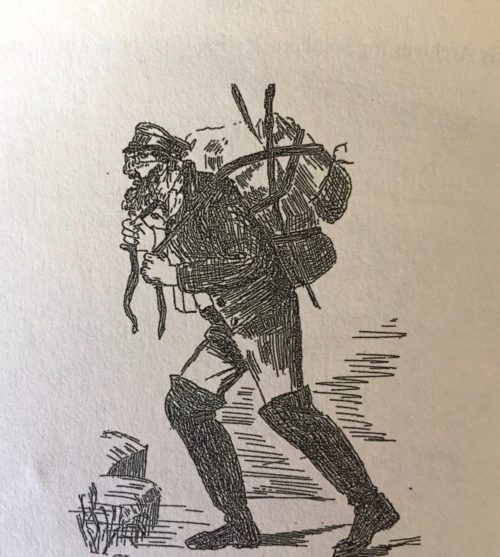
The peddlers were mainly of Eastern European origin, with a majority hailing from Lithuania. Still others originated from the Ottoman Empire and North Africa. They were all part of a vast movement of more than three million Jews who immigrated from the old world to the new world during this period.
Hasia Diner, a professor of American Jewish history at New York University, traces their paths in a rigorously-researched and felicitously-written book, Roads Taken: The Great Jewish Migrations to the New World and the Peddlers Who Forged the Way (Yale University Press).
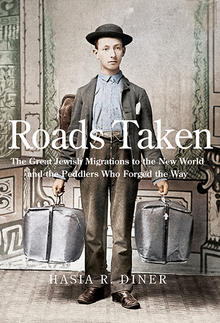
These usually young Jewish men turned to peddling, a traditional Jewish trade, because it required little capital. Battling the elements, dodging criminals and living with loneliness in often remote localities, the typical Jewish peddler hewed to a time-honored routine, as Diner suggests: “He knocked, introduced himself to, almost always, a woman who opened the door. He asked her to look in his bag, or box or pack. He had to figure out how to ingratiate himself to her, as every sale mattered, and to do so he had to guess what she might want, what message to deploy in talking with her, and how best to charm her into buying this or that. In this little drama played out on multiple continents, in multiple languages, he proffered an array of goods which represented a new, higher and actually better standard of living.”
Peddlers sold an array of items, notably clothing, cloth, bedsheets, pillows, tablecloths, needles, threads, lace, buttons, suspenders, picture frames and eyeglasses.
The quintessential middleman, the peddler worked within a closed economic system accessible only to Jews. As Diner puts it, “They got goods and credit from Jewish shopkeepers, wholesalers, or owners of peddler warehouses. These in turn got their goods and their credit from Jewish wholesalers … who themselves acquired stock and financial assistance from Jewish manufacturers and importers. In this worldwide story, the individual peddler stood on the bottom rung of an integrated Jewish economy.”
The United States, having captured the imagination of Jewish writers and readers, was generally the prime destination of the Eastern European men who became peddlers. “From the early 19th century on, the idea of America as a place where a poor boy could, through peddling, make himself over into a substantial man of property, took hold,” she says.
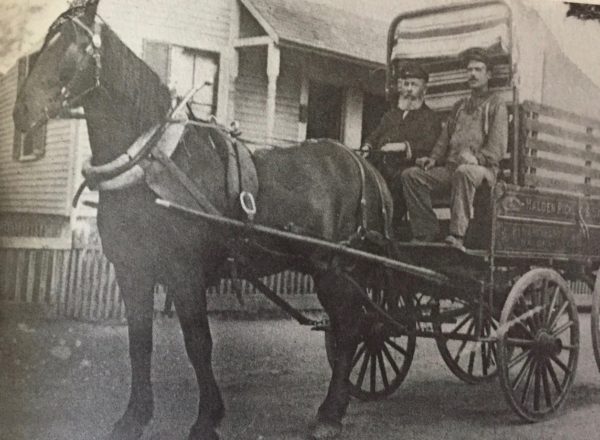
In many cases, peddlers headed to U.S. states where they could take advantage of their language skills. Peddlers from Eastern Europe, familiar with Lithuanian, Polish and Ukrainian, gravitated toward the steel mill and coal mining regions of Pennsylvania, Ohio and West Virginia. Alsatian Jews, given their knowledge of French, headed to Louisiana, which had a substantial French-speaking population.
Whether selling to Polish or Lithuanian Americans, peddlers opted for destinations where certain conditions prevailed. “Enough people had to live there who wanted to have, and could afford, new material goods,” says Diner. “But they had to be poor enough or far enough removed from the marketplace that they had little choice where to get their desired objects. The places had to support few nearby stores, and potential customers had to be restrained by poor roads, which made travel difficult for anyone other than the peddler.”
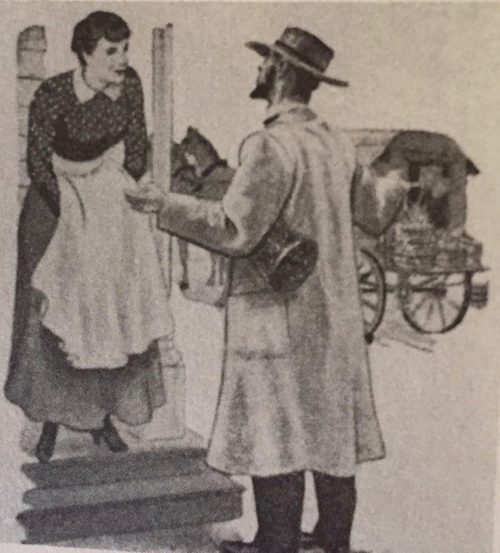
She adds, “The more remote the settlement — the American West, the Australian outback, the South African Transvaal — the more crucial the niche filled by peddlers … When regions outgrew this kind of primitive marketing, the immigrant peddlers went elsewhere, or headed for the cities to set up shop.”
Virtually every peddler aspired to own a store one day. More than a few fulfilled that dream and played a conspicuous role in the retail business across America. “In one town after another Jews owned all or most of the jewelry stores, optical shops and dry goods stores, some of which transformed over time into department stores,” writes Diner.
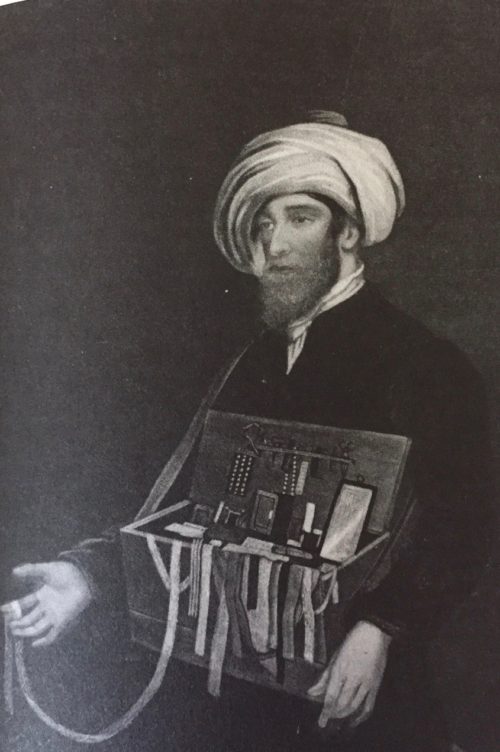
The peddler Isaac Cohen, who changed his surname to Magnin, opened one of the country’s most high-end department stores, I. Magnin, in San Francisco. Lazarus Straus and his two sons, Nathan and Isidor, bought Macy’s department store in New York City. In Arizona, the Goldwater family ran a chain of department stores.
Samuel Zemurray, having begun as a peddler in the United States, went on to establish the United Fruit Company in Central America. In Latin America, Moroccan Jewish peddlers were purveyors of rosaries, Catholic holy pictures and statues of the Virgin Mary. Alfred de Mattels, a Sephardic Jewish peddler who started modestly in Haiti, went on to become the largest real estate entrepreneur in Port-au-Prince.
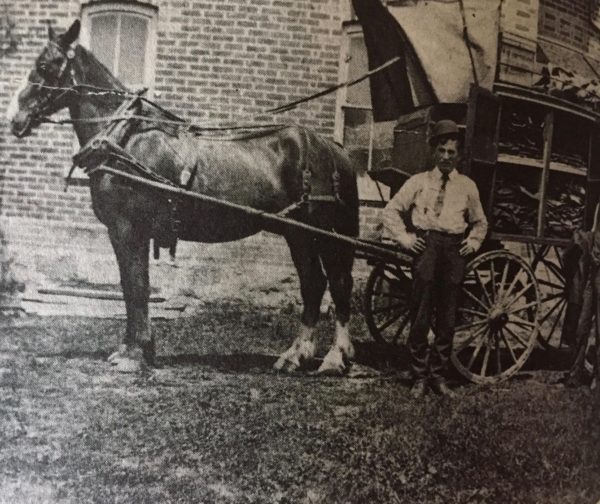
Although peddlers fulfilled a useful service, they acquired a poor reputation in American popular culture as sharp, devious and avaricious operators. In Britain, the Jewish peddler was mocked for his foreign accent and clothing. And in Ireland, in the early 20th century, violence was directed against peddlers, widely known as “weekly men.” In rural Quebec, Catholic priests admonished country folk not to buy from peddlers. “These penniless immigrants for the most part have no aptitude for productive labor,” the Quebec newspaper La Croix railed in 1905.”In order to stay alive, they will have to exploit us in their usual way.”
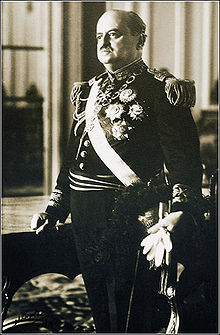
At various times, Mexicans, Cubans, Colombians, Brazilian and Peruvians demanded that their governments limit the entry of Jewish immigrants and make it impossible for them to peddle. In 1936, Peruvian President Oscar Benavides went as far as to decree all itinerant trade illegal. Swedish farmer and merchant organizations lobbied against peddlers, considering them a threat to the social, cultural and economic order. In 1862, during the American Civil War, General Ulysses S. Grant issued Order 11 expelling “the Jews, as a class,” from Tennessee and environs. “As a class,” declared Grant, Jewish peddlers had violated “every regulation of trade.”
Certainly, shop owners everywhere hated them and lobbied to drum them out of towns. Owners of plantations, mines and logging camps, whose commissaries overcharged their workers, directed their animus against peddlers as well.
Jewish community leaders were ashamed of peddlers, arguing that peddling reflected badly on Jews and inspired antisemitism. Around the world, Jewish welfare associations created trade schools for young immigrants so they would shun peddling and turn to other means of earning a living. Social workers believed that peddling harmed the Jewish family. With their husbands gone for days, wives had to fend for themselves and children had no father present on a regular basis.

Rabbis fretted that single peddlers would meet, fall in love with and marry Christian women. As Diner observes, such liaisons occurred. “Romantic attractions and marriages also blossomed between Jewish peddlers and their female customers,” she says, citing examples.
Jewish peddling in Ireland, Scotland and Wales began to ebb with the passage of Britain’s Aliens Act in 1905. Peddling in the United States dried up as roads were built, mail service improved, immigration restrictions came into force, and department store catalogs were introduced.
Ironically, two of the most widely circulated ones, the Spiegel and Sears catalogs, were founded by the sons of immigrant peddlers.
